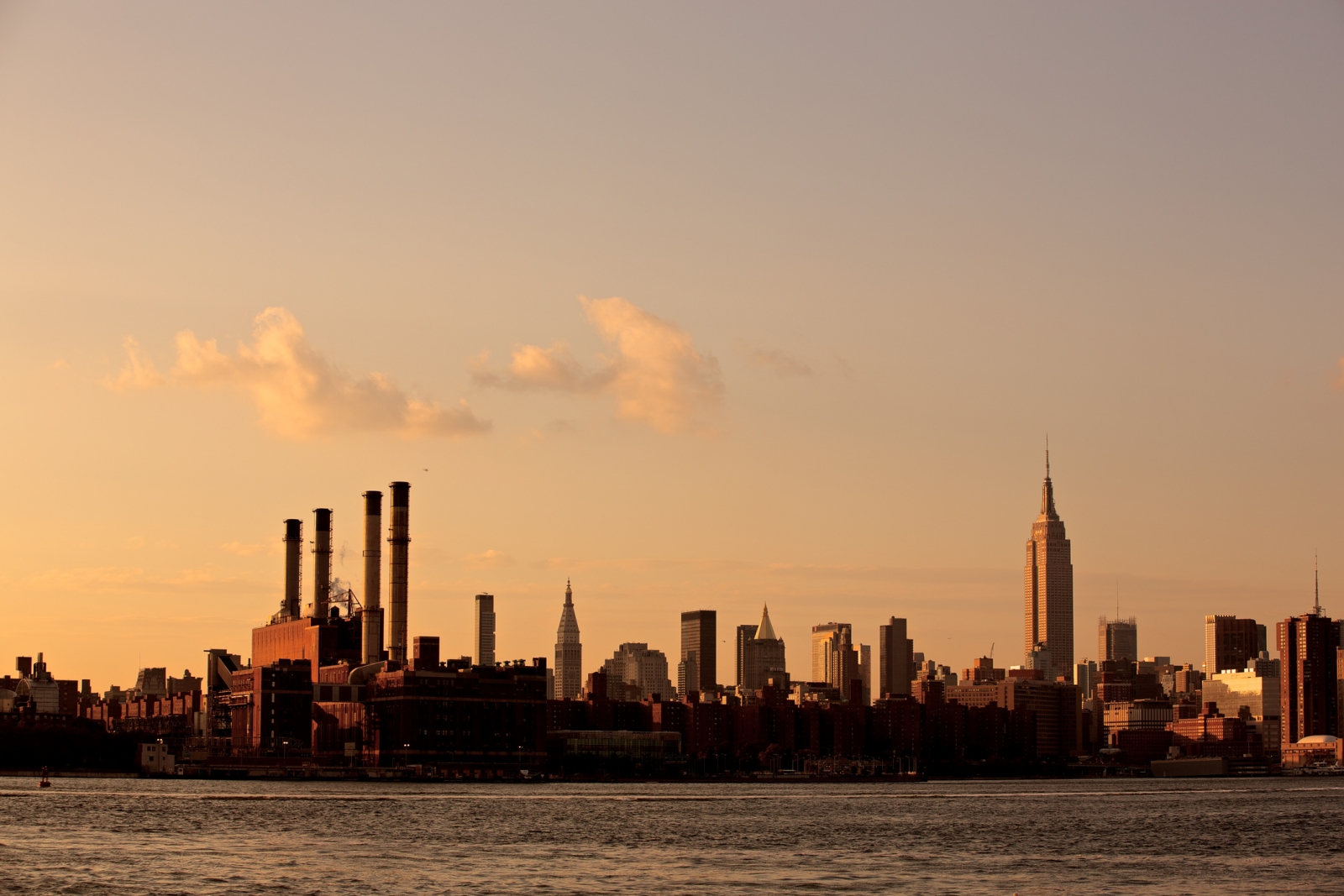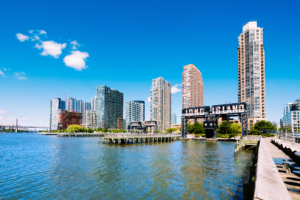The StreetEasy research team is always uncovering new facts about New York City’s housing and real estate landscape. Here’s an update on what we’ve discovered lately — five new things to know about NYC.
1. Getting a Roommate Will Save You More Money in Brooklyn Than in Manhattan
It may seem counterintuitive, because rents in Brooklyn are lower. But if Manhattan studios and 1-bedrooms are pricey, its 2- and 3-bedroom apartments are really pricey — much more so than shareable Brooklyn apartments are relative to smaller ones. Either way, the savings of sharing a 2-bedroom over getting your own studio or 1-bedroom are substantial: $875 in Brooklyn, and $795 across the river.
Read more: How Much Does Having a Roommate Save in NYC?
2. More Manhattanites Move to LA, SF, or Chicago Every Year Than to the Long Island, New Jersey, or Connecticut Suburbs
New Yorkers love to complain about how expensive this city is, but a full 20 percent of Manhattanites who move away end up in other large, expensive cities. Los Angeles, in fact, is the No. 1 destination for departing Brooklynites. For all their complaining, only 13 percent of New Yorkers who move away end up in Florida and Texas, where land is cheap(er) and there’s no state income tax. Most — 78 percent — move to places where housing costs are in the 90th percentile or higher nationwide.
Read more: New Yorkers Leave the City for L.A., Suburbs and Sun — Not Cheap Housing
3. Fancy Parts of NYC Basically Trade Residents With Fancy Parts of Other Big Cities
And suburban areas of New York trade residents with suburban areas of other cities. This is called economic sorting, and it’s reflected in the fact that 20 percent of movers to Manhattan, and 17 percent of movers to Brooklyn, come from other big, expensive cities (Think L.A., Chicago, D.C., Boston.) Big-city residents make up a much smaller share of migrants to the other boroughs. Meanwhile, more than 10 percent of U.S. residents moving into the Bronx, Queens and Staten Island come from Florida and Texas. You’re not imagining that suburbs increasingly have more in common demographically with other suburbs than with the inner cities they surround — it’s reality.
Read more: NYC Draws People From All Over to Live With Others Just Like Them
4. Ahead of the L Train Shutdown, Rents Are Stagnating in Williamsburg — But Asking Prices Are Rising
Notice the difference between the short- and long-term views: Landlords are adding concessions and holding rents steady in the areas affected by the L train shutdown, hoping to keep their buildings full during the 15-month halt in subway service. But buyers apparently see the shutdown as a small blemish on an otherwise-desirable area. The neighborhoods served by the L — Williamsburg, East Williamsburg, and Greenpoint — now make up the most expensive submarket for home buyers in all of Brooklyn.
Read more: Strong Demand Pushes Up Rents Ahead of Peak Rental Season
5. The Affordable Family Home Is Disappearing From NYC’s Most Stroller-Saturated Neighborhoods
From 2010 to 2013, there were 66 Park Slope apartments with 2-bedrooms offered for less than $500,000. Since 2014, there have only been two — one with a tenant, and the other an HDFC. And consider the Upper West Side: In 2010, 36 percent of 2-bedrooms listed were under $1,000,000. In 2017, just 9 percent were. This disappearance of relatively affordable family-sized homes in neighborhoods like Park Slope and the Upper West Side goes a long way toward explaining why the number of homes selling in New York has been declining steadily for the past five years. People very likely to be buying NYC homes — professionals with growing families — are increasingly unable to afford them.
Read more: Why NYC Is Selling Fewer Homes: It’s All About Affordability
—
Hey, why not like StreetEasy on Facebook and follow @streeteasy on Instagram?










